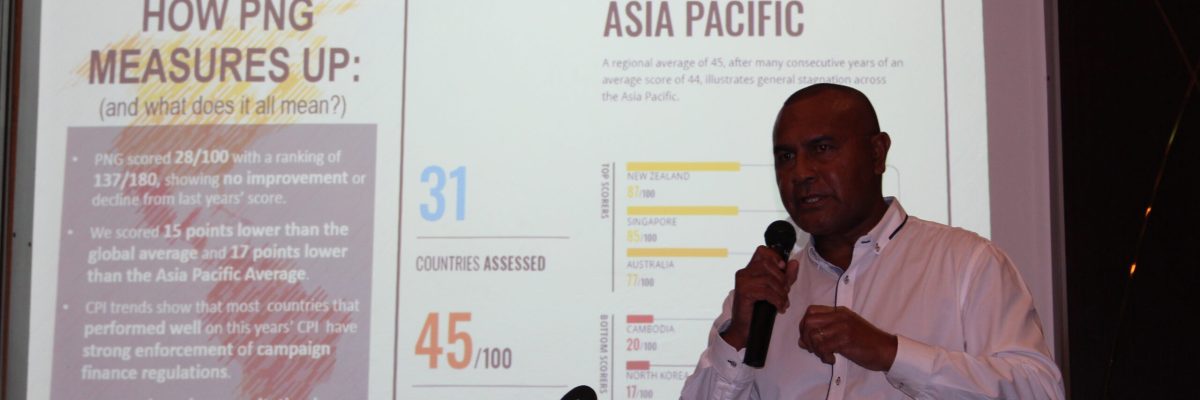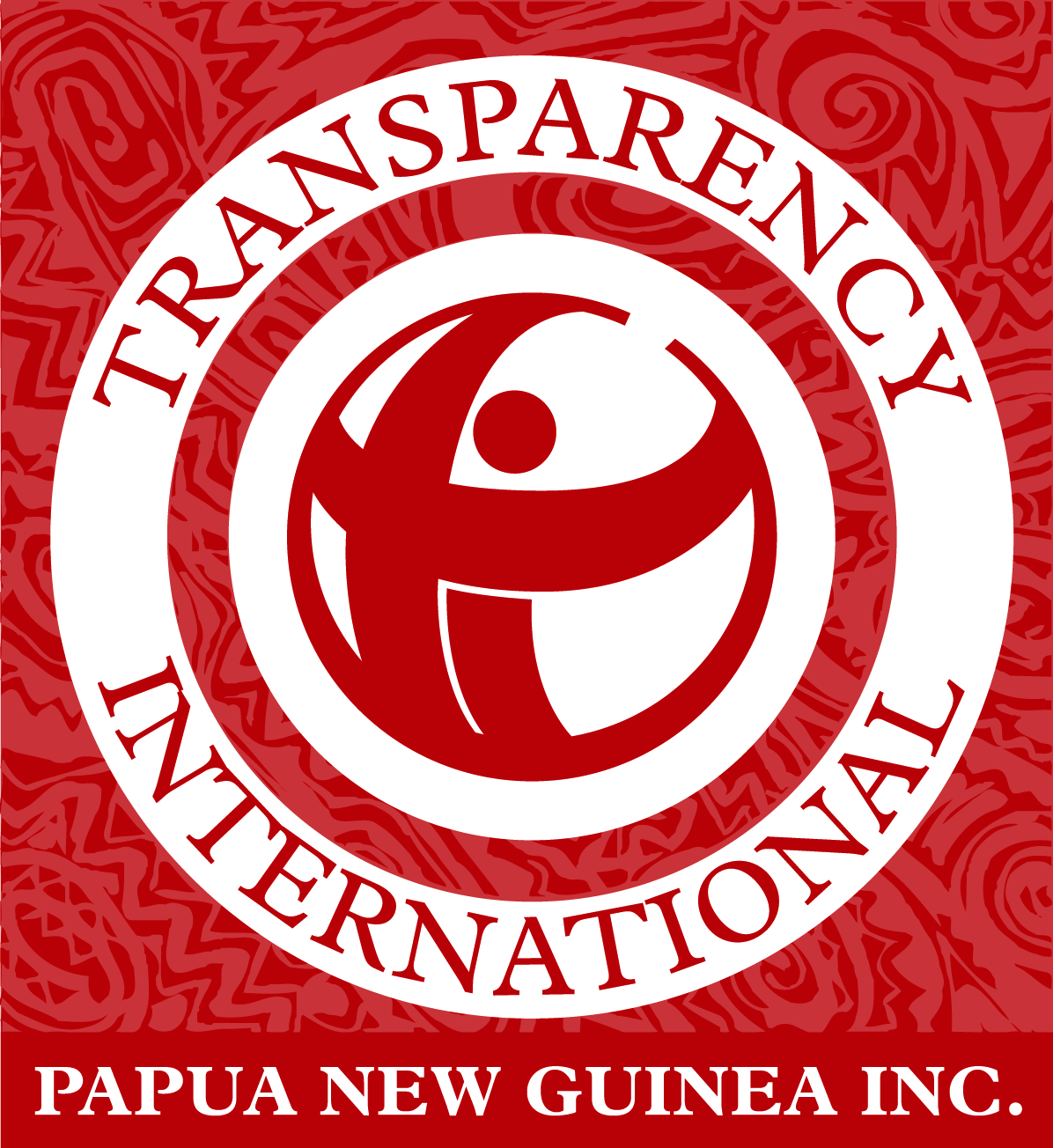Sir Hubert Murray Stadium

Work on the Sir Hubert Murray Stadium to prepare it to host sporting events connected to the 2015 Pacific Games began in September 2013 under a public-private-partnership (PPP) between the PNG government and local firm Curtain Brothers.
The redeveloped stadium was to cater for 15,000 people, host rugby and soccer matches and be the home for the PNG weightlifting squad (EMTV, EMTV, 2013).
The incomplete state of the stadium forced the authorities to move all the Pacific Games track and field events including the opening and closing ceremonies to the Sir John Guise Stadium at Waigani.
In January 2016 the Sports Minister Justine Tkatchenko assured the public that work on the historic stadium would be completed by October 2016, in time to host the FIFA U-20 Women’s World Cup (Yagi, 2016).
In January 2017 the stadium remained incomplete with the media revealing it will cost K40 million to complete and that the government is seeking corporate sponsorship to get it done (Lavett, 2017).
In June 2017 Mr Tkatechenko told an election-focused television show that the National Capital District Commission (NCDC) will provide funding to get the stadium completed (TVWAN, 2017).
There is no doubt that the PPP between the State and Curtain Brothers failed, leaving a multimillion Kina project incomplete which ultimately impacted on the organization of the 2015 Pacific Games.
For a PPP to be successful both parties should agree on an appropriate legal and regulatory framework to govern their partnership.
Were there flaws in the legal and regulatory frameworks that led to the abandoning of the project?
International experience suggest that the principles of equity, transparency and mutual benefit should be at the core of any successful partnership.
The Sir Hubert Murray Stadium saga should compel the PNG government to review its current frameworks to ensure that any partnership should be done transparently and results in the most effective use of resources committed by both parties.

